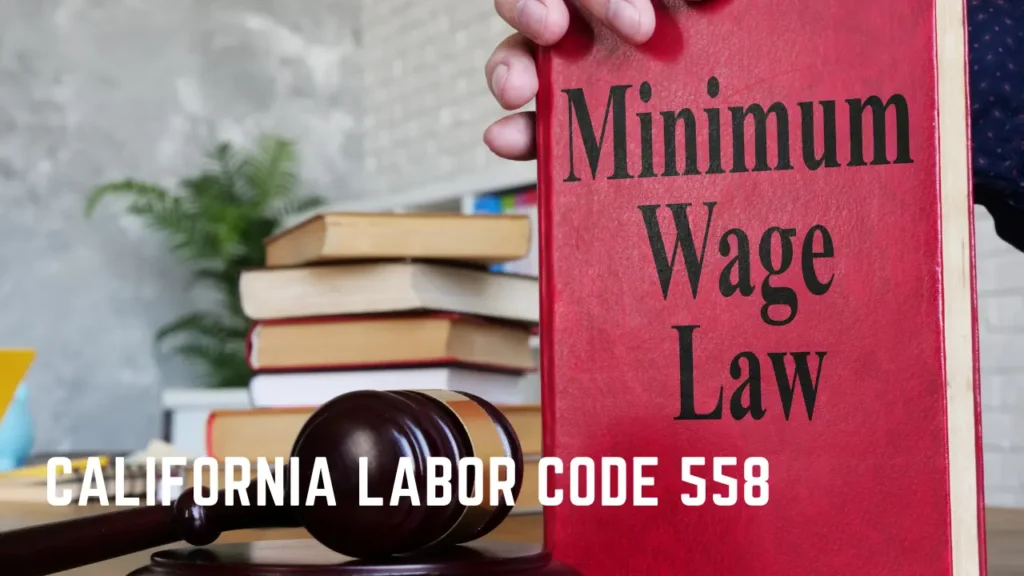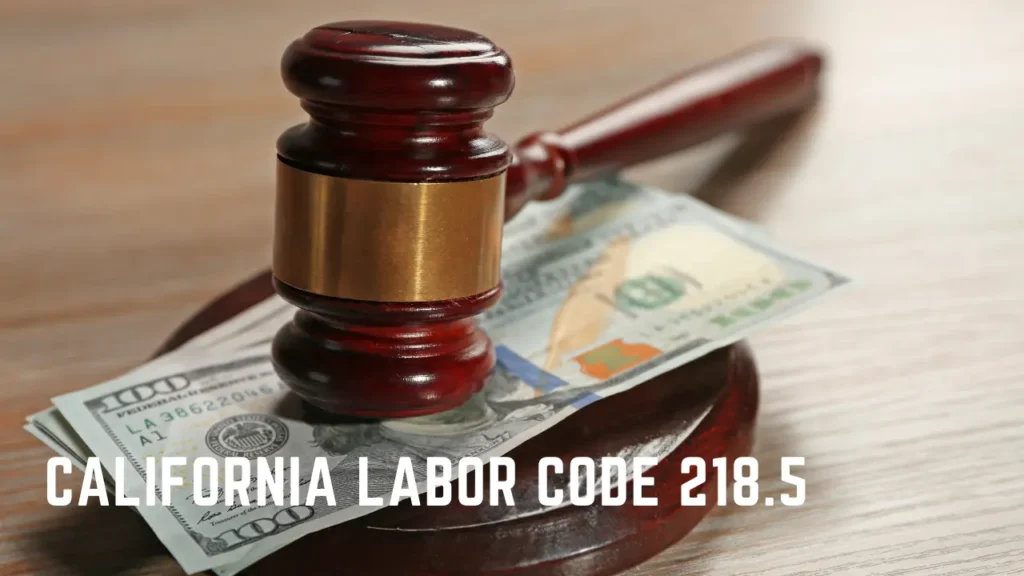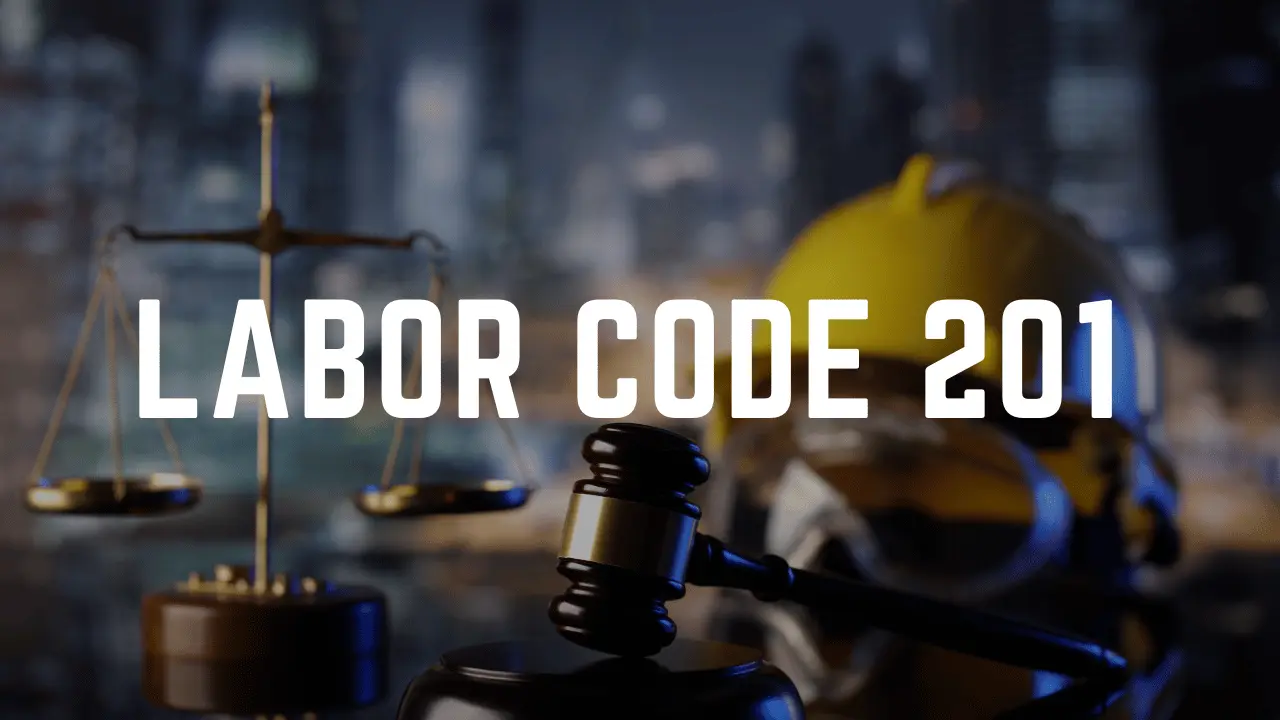Table of Contents
ToggleThe importance of thorough documentation, effective collection of evidence, and the significant role of employer responses in determining liability further underscore the complexity of this topic. As we further explore the legalities surrounding this issue, we will also touch upon related areas such as workplace discrimination and quid pro quo harassment, aiming to provide a comprehensive understanding of the legal landscape of workplace harassment in California.
As we venture into this discussion, one might ask: What constitutes a hostile work environment, and how does California law specifically address such situations?
Understanding Hostile Work Environment
A Hostile Work Environment (HWE) in California is legally defined as a situation where discriminatory conduct or harassment based on a protected trait, such as race, gender, religion, or military/veteran status, is so pervasive or severe that it alters the conditions of the victim’s employment and creates an abusive work environment.
The harassment, either direct or subtle, can be committed by anyone in the workplace including supervisors or coworkers. To qualify as HWE, the behavior must be severe or pervasive, not occasional or trivial. Legal action can be taken under the California Fair Employment and Housing Act.
Documentation of abuse, evidence like recorded communications, and employer responses to complaints play crucial roles in proving the existence of an HWE.
Legal Criteria for Hostile Environment
To establish a claim for a Hostile Work Environment in California, certain legal criteria, grounded in both objective and subjective standards, must be met. The behavior in question must be unwelcome, based on the victim’s protected characteristic, and sufficiently severe or pervasive to alter the conditions of employment and create a hostile or abusive environment.
These criteria involve both the victim’s perception and the reasonable view of an outsider. The harassment must be such that a reasonable person would find it hostile or abusive, and the victim must perceive it as such. Employers can be held liable if they knew or should have known about the harassment and failed to take immediate and appropriate corrective action.
Determining Liability in HWE Cases
Building on the understanding of the legal criteria for a Hostile Work Environment, it becomes crucial to explore how liability is determined in such cases. Liability hinges on whether the harasser is a supervisor or a co-worker. Employers are strictly liable for harassment perpetrated by supervisors, while different standards apply to co-workers.
The employer’s response to harassment complaints also plays a significant role in establishing liability. If an employer fails to take reasonable steps to prevent or rectify harassment, they may be considered negligent. It is important to note that anyone in the workplace can commit HWE harassment, emphasizing the necessity for organizations to take a proactive role in preventing such behaviors.
Documentation of every instance of abuse and harassment is vital in proving liability.
Proving a Hostile Work Environment
Establishing the existence of a Hostile Work Environment in a legal context necessitates a comprehensive collection of evidence, including thorough documentation of each instance of abuse or harassment. The crux of proving a Hostile Work Environment lies in demonstrating that the offensive behavior was severe or pervasive, unwelcome, and based on the victim’s protected characteristic.
Evidence may include documented incidents, emails, text messages, or voicemails that reveal abusive behavior. Witness testimonies also hold weight. It’s important to show that the employer was aware of the situation but did not take effective action.
Documenting Workplace Harassment
In the process of addressing a hostile work environment, diligent documentation of incidents of harassment plays a pivotal role. It is crucial to record the date, time, location, parties involved, and specific details of every incident.
This documentation should also include any subsequent actions taken, such as reporting the incident to a supervisor or human resources. It is equally important to maintain copies of any written or digital communication related to the harassment.
This meticulous record-keeping provides tangible evidence to support a claim of workplace harassment. Witness statements can further substantiate the claim, hence, their contact details should also be documented. Proper documentation not only strengthens the victim’s case but also holds the perpetrator accountable.
California’s Fair Employment and Housing Act
Enacted in 1959, California’s Fair Employment and Housing Act (FEHA) serves as the state’s primary law for preventing and addressing workplace discrimination and harassment.
- Coverage: FEHA covers employers, labor organizations, employment agencies, apprenticeship programs, and any person or entity who aids, abets, incites, compels, or coerces the doing of discriminatory acts.
- Protections: The Act prohibits discrimination and harassment based on race, color, ancestry, national origin, religion, disability, medical condition, genetic information, marital status, sex, gender, gender identity, gender expression, age, sexual orientation, or military and veteran status.
- Complaints: FEHA establishes the Department of Fair Employment and Housing (DFEH) as the state agency responsible for investigating complaints of unlawful employment discrimination and harassment.
Role of Supervisors in HWE
Building upon the framework set by the Fair Employment and Housing Act, it is crucial to understand the particular role of supervisors in the context of a hostile work environment.
Supervisors bear a significant responsibility in shaping workplace culture, and their actions can directly contribute to or mitigate hostility. In terms of liability, California law holds employers strictly responsible for their supervisors’ conduct. Supervisors engaging in harassment or failing to address it appropriately can lead to employer liability.
Further, supervisors are obligated to report any instances of harassment they observe or are made aware of, and they must ensure that appropriate action is taken. Their role is pivotal in preventing, addressing, and resolving hostile work environment issues.
Consequences of Negligence in HWE
Negligence in addressing a hostile work environment can have severe repercussions for both employers and employees under California law.
- Employer Consequences: If employers fail to take suitable action upon learning of HWE harassment, they may face legal liabilities, which can include significant financial penalties, reputational damage, and even the loss of operating licenses.
- Employee Consequences: Employees who endure HWE harassment without adequate workplace intervention can suffer from a range of issues, from psychological distress to career setbacks, impacting their overall well-being and job performance.
- Organizational Consequences: Negligence in HWE cases can also lead to a toxic work culture, lower productivity, high turnover rates, and overall organizational instability. Thus, it is essential for all parties to proactively address and prevent HWE harassment.
Distinguishing Workplace Discrimination
In understanding the landscape of hostile work environments, it is crucial to accurately distinguish the specific nuances of workplace discrimination. It constitutes a major factor contributing to such environments. Workplace discrimination manifests when employees are treated unfavorably due to their membership in a protected class, such as race, gender, religion, or disability.
Unlike other forms of harassment, discrimination doesn’t have to be pervasive or severe to be actionable—it only needs to negatively impact employment decisions or conditions. It’s essential to note not only overt acts of discrimination but also subtle, systemic forms.
In California, workplace discrimination is prohibited under the
, emphasizing the importance of employers cultivating an inclusive, respectful work environment.
Understanding Quid Pro Quo Harassment
While workplace discrimination contributes significantly to hostile work environments, another form of harassment that merits careful attention is quid pro quo sexual harassment. This occurs when employment benefits are made contingent upon the submission to unwelcome sexual conduct.
Understanding quid pro quo harassment involves recognizing three key elements:
- The harasser is typically someone with authority in the workplace, such as a supervisor or manager.
- The harassment involves an explicit or implicit trade-off, where employment benefits or opportunities hinge on sexual favors or conduct.
- The victim’s refusal or acquiescence to the advances can affect decisions related to their employment.
Quid pro quo harassment is a serious violation of California law and can lead to severe penalties for the offender and their employer.
California’s Recent Labor Laws
Building on the understanding of workplace harassment, it is essential to consider the recent labor laws in California, which have been enacted to further safeguard employees’ rights and foster a fair working environment.
Notably, California Assembly Bill 9, enacted in 2019, extends the timeframe for filing workplace harassment claims, offering employees an extended period to seek redress.
Equally significant is the Ending Forced Arbitration of Sexual Assault and Sexual Harassment Act, which prohibits forced arbitration agreements for sexual harassment claims, allowing survivors to take their cases to court.
These laws underscore California’s commitment to curbing workplace harassment and reinforcing employees’ rights, reflecting a significant shift towards a more supportive and equitable work environment.
Conclusion
In conclusion, understanding the legal intricacies of a hostile work environment is imperative for both employers and employees in California. Thorough documentation of harassment incidents and knowledge of recent labor laws can better equip individuals to protect their rights.
Moreover, comprehending related concepts like workplace discrimination and quid pro quo sexual harassment further enriches this understanding. Ultimately, these measures contribute to fostering a professional environment that is safe, respectful, and legally compliant.














